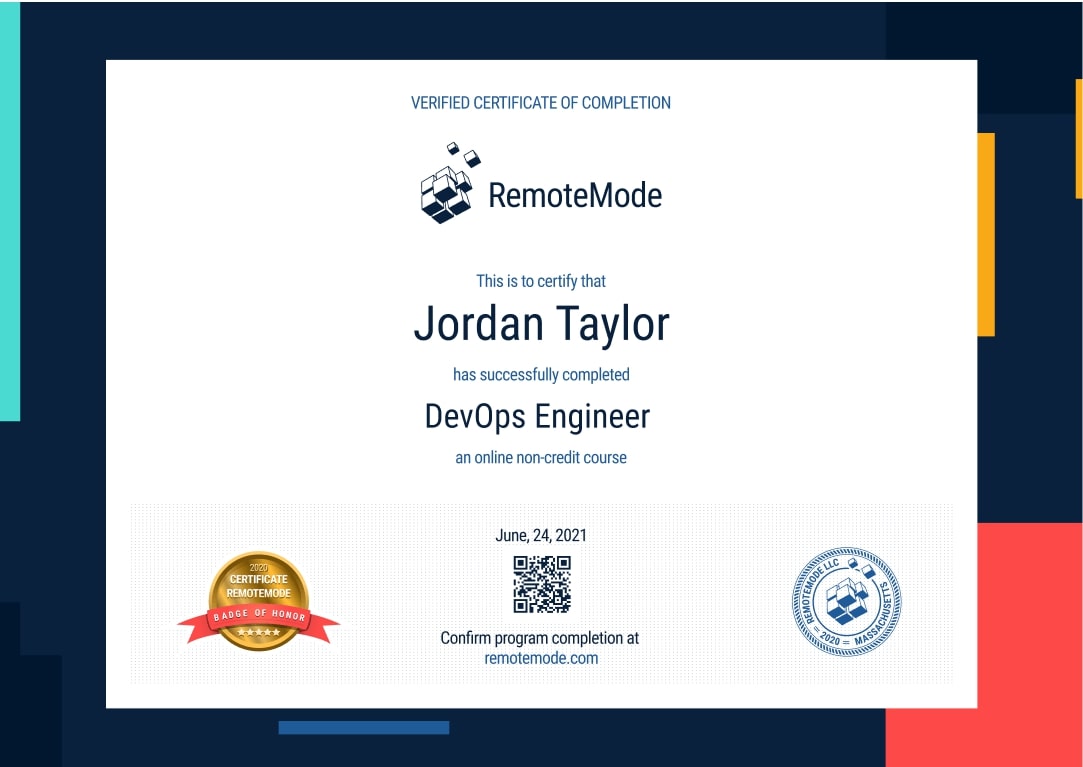Become a Mobile Developer
Mobile developers are experts in designing programs specifically for mobile devices and converting already existing programs to work smoothly on mobile devices. Mobile Developers use specific compilers and platforms that can simultaneously create code for Windows, iOS, and Android.
- 6-month long course
- 192 designed lessons
- 6 hours per week
- 148 hours in total



Mission Forecast for Mobile Developers
Landing Zone
As people more and more rely on mobile devices to get things done, the demand for Mobile App Developers will increase along with it. The successful Mobile Developer works in both the iOS and Android platforms and participates on a team that includes users experience designers, back-end server developers, and quality assurance engineers. More than 1,874,900 Mobile Developer jobs existed in the US in 2020, growing steadily every year.
Mission Objective (Who’s Hiring Right Now)
Mobile Developer Overview
Over 7,000 companies are solely dedicated to building and adapting apps for mobile. Thousands of companies have their own development team along with these outsourced companies. There is a projected 22% growth in this field, far above average.
- + 6-month long course
- + 6/hr a week, go at your own pace
- + 192 on-demand lessons
- + 148 hours of learning materials
- + Receive a certification confirming your training
- + Participate in real-life Virtual Lab projects
- Work with multiple programming languages and compilers to get work done swiftly and effectively.
- Collaborate with other teams to help increase the usefulness of the end product.
- Test, debug, and create applications.
- Build and test prototypes.
- Create and participate in focus groups.
- Submit apps to app stores for user installation.
Prepare for Liftoff
SwiftUI
SwiftUI has rendered itself efficient in creating laudable platforms. Powered by the Swift language, it then holds a certain degree of importance for developers. This ten-part lecture covers the fundamentals of SwiftUI, with a purpose of bringing a comprehensive tutorial on how to successfully create NoDo applications, weather applications, and complex UI designs.
Build First App
This course intends to discuss the process of application programming using Apple’s SwiftUI framework. Thoroughly presented are the step-by-step instructions on how to create your first project, with an objective to create a simple business card application through code formulation, implementation, and evaluation.
Swift Language
Provided in this section are lectures about the Swift language, its uses, and functions. Going through the lesson, course takers will be able to understand different types of data, their implementation, and their relation to conditional statements and logical operations.
More Swift Language
While the preceding lesson introduces us to the Swift language, this lecture delves deeper into the programming language. Complex functions are discussed including looping, objects, overriding, and classes. This six-part lecture authoritatively talks about initializing classes, their methods, and technical ways to override them.
Lists in SwiftUI
This section covers a full-length discussion of lists while also giving insights about JSON data and format data parsing. Included here are introductory lessons about listing functions such as Networking Manager, ListNavigation View, and Details page. Lastly, it presents methodologies so that course takers course takers may:
- parse JSON data in SwiftUI
- create customized cell
- format schedules through Data Formatter
- develop MapView using UI Representable
Build a NoDo App
Meticulously discussed in this section are the steps on how to create a NoDo application. As you go through the lesson, you will understand the best practices of text field creation with respect to its design principles. This, too, will give comprehensive methods on how to cross-reference using lists, add TimeAgo function, and lastly, finalize the application using ideal testing methodologies.
List and Parsing
This lesson serves as an extension of lists and parsing, which was initially discussed in part four. It reviews the previously mentioned lists and their relevance with protocols, while important variables such as dictionaries, Project Quakes Demo, and API website are outlined. This then goes into a more complex part of programming including parsing, passing, and tweaking of remote APIs NetworkingManager.
Custom Cell and Format
This three-part lecture aims to impart insights about model class formulation, custom cell creation, data formatter development, views factorization, and fundamentals of protocols. Going through this lesson, course takers will be able to demonstrate proper implementation of variables in order to build error-free and seamless web services and applications.
Animations and Improve App
Dedicated for rectifying errors and improving the visual quality of applications, this section provides discussions on how to use Spring Animator, blurring, scaling, and other custom tools in SwiftUI framework. This aims to determine previously committed errors that might result in problematic applications, all while providing design principles that are guaranteed to better the contents and functionality of the applications. This guide includes lessons on:
- Adding field animation
- Adding custom rows
- Adding checked lists and animations
- Saving solutions
- Using rotation effects
Design Complex UI
After creating a simple NoDo application, this lesson will give an advanced lecture about UI design, with course takers expected to successfully produce an optimum and seamless card application. Enumerated are the necessary resources for the programming, the general conduct, and the objectives. Creating a TopCard was divided into three sections, each of which deals with different approach. Similarly, it then discusses the development of BottomCards, which also comes in three parts.
Weather App
As part of the SwiftUI tutorial, the course had provided a separate section for producing weather-related applications. Course takers are expected to meet the standards that constitute an ideal weather application. Through implementation of APIs, learners will be able to demonstrate proper integration of BackSplash gradient, classes, text fields, animations- allowing for an application equipped with city, date, and temperature details.

Mission Control
- Stay focused with a mentor’s help and support
- Build a real portfolio with Virtual Lab Projects
- Compete with classmates in a virtual classroom
- Measure your progress with the Activity Tracking Log
- Make sure you get the job with resume help and interview assistance
In Collaboration with
Chart Your Trajectory
Certificate of Completion
- Receive a certificate recognized by prevalent companies confirming your training
- Complete real projects in Virtual Labs
- Go at your own pace, learn your way
- Access course videos and materials 24 hours a day
- Take practical quizzes to keep you up to speed
- Classes created and mentored by industry leaders

Grow into a Mobile Developer
Enter into the next generation of coding and help migrate old applications onto new software and create new programs as the industry develops. Use cutting edge tools to help streamline your process and create applications for both web and mobile simultaneously.
Program Forecast
- 6 months long, 6 hours per week
- 192 lessons in 148 hours
- Learn at your own pace
Virtual Lab
- Real Projects
- Create a working portfolio
- Receive expert feedback and mentoring
Career Services
- Interview preparation
- Resumé assistance
- Help with LinkedIn networking
Request More Information
View pricing and financing options